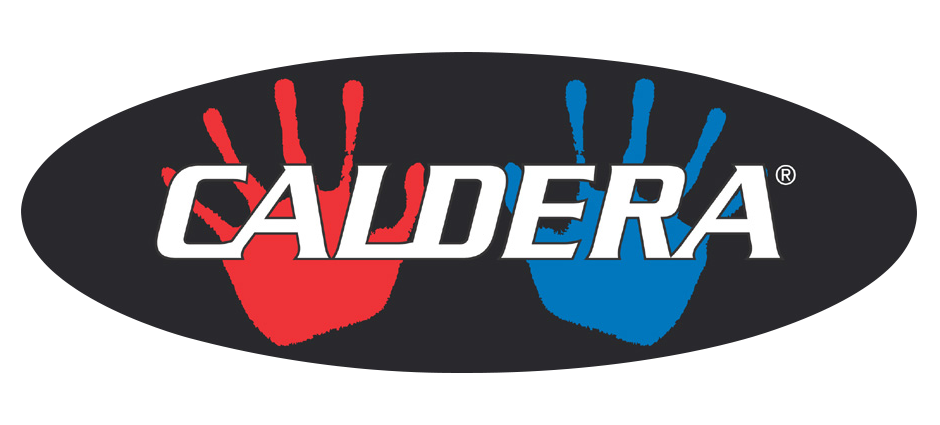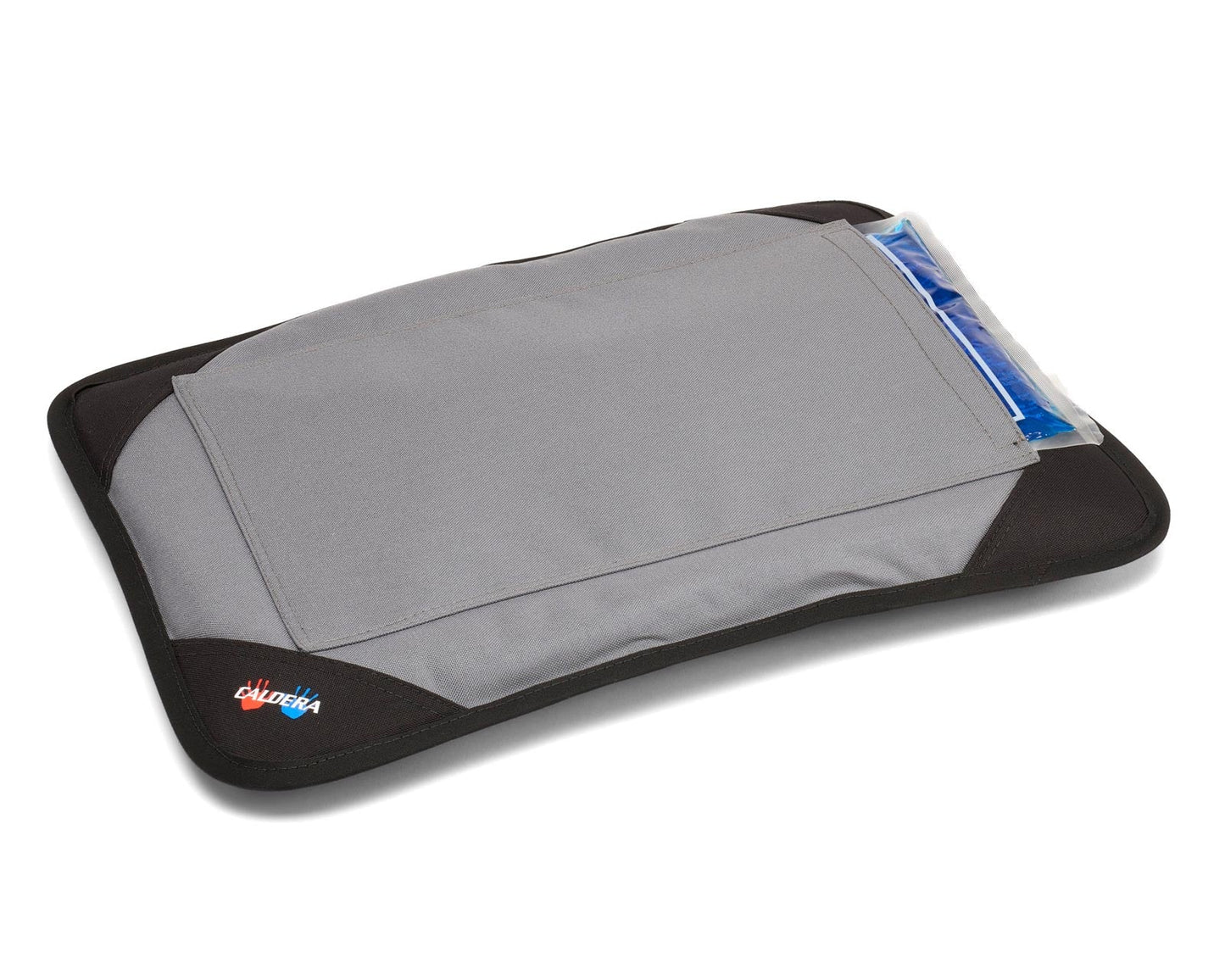A sprained ankle is a common issue in almost all age groups. A sprained ankle is an injury that occurs when you roll, twist or turn your ankle in an awkward way. This can stretch or tear the tough bands of tissue (ligaments) that help hold your ankle bones together.
If the doctor or physiotherapist suggests that the damage is categorized as a grade 1, then they can be treated with a simple sports wrap for the ankle. The compression bandage binds the ligament in the place and keeps you from applying unnecessary pressure on the foot. Some wraps can even incorporate hot & cold therapy, which can speed up your recovery process.
Most ankle sprains or injuries can be tackled and healed by following basic care along with the use of sports wrap around the ankle that people can administer on their own.

Too often, with ankle sprains or injuries, people shrug off it as normal and continue to resume with their normal routines without allowing the affected area to heal and gain mobility which can turn out to be severe and damage the ligaments. Depending on the severity of the injury, it is advised to avoid any impact on the injured ankle and avoid any physical activities in the immediate aftermath of minor or moderate sprains. There are certain steps or guidelines which can help you control swelling and immobilize the injury with the help of therapy packs.
How do ankle injuries happen? How to differentiate mild, moderate, and severe?
Though it is a normal injury that can happen to anyone who rolls or turns an ankle while doing something as simple as walking or in between some physical activity. It can be difficult for some to identify one type of injury from the other based on its severity.
Here is a list of some common causes along with symptoms:
- Sudden pain after an unnatural movement.
- Traumatic impact on the area like swelling, bruising, and inability to walk.
- Tenderness while touching.
- Limited range of motion in the ankle.
Its important to know the severity before taking any treatments to use:
● Usually, people may get a mild sprain. But how do you know it's mild? In this case, you will experience minor pain and stiffness which you can get around easily by wrapping a sports wrap around the ankle. The ligament in this injury is not damaged or torn as such but it is only stretched.
● When you get a moderate sprain you will likely experience pain and swelling around the area, moreover, it can become difficult for you to move around or put weight by standing. In this sprain or injury to the ankle, ligaments are partially torn and you need to be careful with the movement and treatments.
● When you have severe sprain or injury, you will notice the unstable and pointing pain that will be hard to handle and you won’t be able to move the ankle. Mild sprain and injuries can also turn out to be severe if they are not treated well. Here, one or more ligaments are completely torn.
Can This Be Prevented?
Whether you have had an ankle injury previously or not, there are always ways to prevent or avoid any kind of injuries through preventative measures. You can wear sports wrap around your ankle to provide support and improve your balance. This will prevent your foot from twisting or movement of your ankle joint can be limited as this won’t move your foot out of place. You can do exercise before any kind of physical activity to increase mobility, flexibility, and strengthen your ankle and muscles around it. Moreover, stretching is always recommended before and after your exercise to stabilize your ankle and improve your balance.
What if The Damage is Done? How to Treat a sprained ankle?
One of the most effective age-old remedies for sprains and injuries is the RICE approach, which can be done in the comfort of your home with simple and accessible things in your first aid kit. We have listed below the steps you need to follow to make the whole procedure a lot easier:
Step 1: Rest
Whether you have a mild or severe sprain or any kind of injury all require rest and the time period also depends on the grade or severity of the sprain. In this period it is recommended not to put pressure or weight on your foot.
Step 2: Ice the injury
Ice or Cold therapy has been used and is very effective in decreasing swelling, bruising, pain, and even muscle spasms. But you need to remember that too much of anything can be harmful, so it's crucial to be careful before applying ice and taking the time period into consideration. Always keep a barrier between your skin and the ice gel pack. Direct contact with the skin can damage your nerves further and might cause frostbite as well. Cold therapy can be used for 15-20 minutes at a time for 3 to 4 times a day.
Step 3: Compression
To take the healing to the next level at compression. All you will need is a sports wrap with a compression strap along with therapy gel packs. This can help you to avoid any kind of swelling and bruising if immediately done after an injury.
In this step, instead of holding an ice pack to the affected area, you will use a wrap that allows you to maintain a consistent temperature throughout the therapy which can help reduce swelling. It deeply penetrates into the affected area and helps aid in the overall recovery process. This step is convenient as all you have to do is add ice or simply use a cold therapy gel pack along with the wrap and rest with your leg elevated. This will do all the work for you.
This takes us to the next step.
Step 4: Elevation
If you want to see effective results, it is important to reduce the blood flow and other fluids to the injury site. This can be achieved with the help of elevation. But how? It can be simply done by raising your leg at or above the level of your heart for about 2 hours a day.
How to properly wrap the sprained or injured ankle?
Ankle wraps are designed to restrict movements, but it is important to know how to do it correctly. For instance, when the wrap is done too tight it can restrict the circulation to the injury which can then restrict or interface the process of healing. And when you go for wrapping it too lose it won’t get any support and allow too much movement resulting in more damage to the affected area and the ligaments.
All you need to have is an ankle wrap. Here are a few points to consider:
● Always ensure that you wrap it above and below the joint.
● The wrap should be placed several inches above the injured area.
● Always use a wrap with a great grip or a velcro and a fastener at the end to stabilize it.

